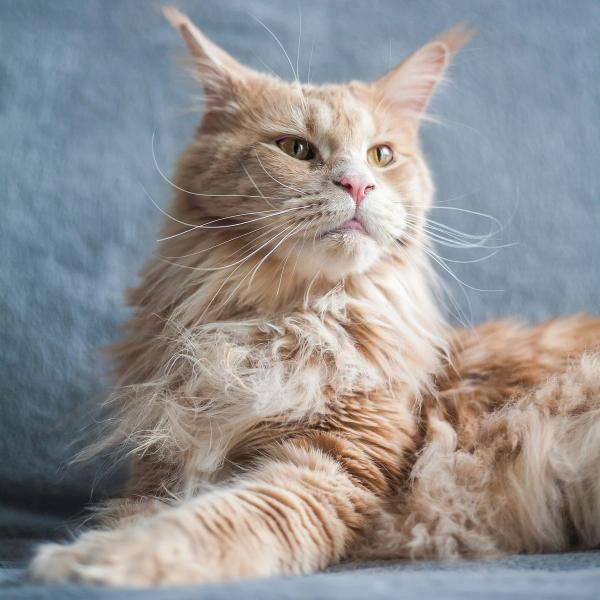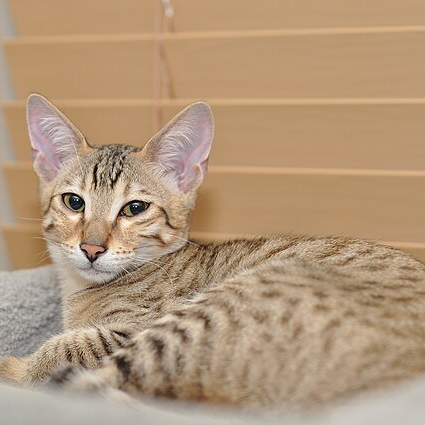
July 9, 2024
PetSafe® Expert
PetSafe® Guest
Ragdoll Cat Breed Overview
Ragdoll cats are distinguished by their vivid blue eyes and silky, semi-long coats. This breed originated in California during the 1960s, specifically bred for a calm and affectionate nature. True to their name, Ragdolls have a characteristic limpness when held, reflecting their exceptionally docile behavior. These traits make them ideal pets for both families and individual owners, adapting well to indoor environments.
History
The Ragdoll breed was created in the 1960s by American breeder Ann Baker, who aimed to develop a beautiful cat with a loving, gentle temperament. These traits were selectively bred over generations, resulting in the Ragdoll breed known today. Officially recognized in the 1970s, Ragdolls quickly became popular for their striking appearance and mild demeanor, capturing the hearts of cat lovers worldwide.
Appearance

Credits: Esteban Chinchilla / Unsplash
Ragdoll cats are notable for their large, sturdy body structure, with males typically weighing between 12 to 20 pounds and females slightly smaller. Their coat, which comes in colors such as seal, blue, chocolate, and lilac, is semi-long, silky, and requires minimal grooming compared to other long-haired breeds. The most distinctive feature of Ragdolls is their captivating blue eyes, which range from a light, clear azure to a deep, vivid sapphire.
Key patterns of their coat include colorpoint, mitted, and bicolor, each adding unique markings that contribute to their overall visual appeal. Their soft, plush fur and striking color patterns make them one of the most aesthetically pleasing cat breeds.
Temperament
Ragdoll cats are renowned for their calm and affectionate nature. They thrive on human companionship and often seek physical closeness by following their people around, sitting on laps, or snuggling in bed. Unlike more aloof cat breeds, Ragdolls are known to greet their family at the door and are generally comfortable being handled and cuddled, reflecting their nickname "puppy cats" due to their dog-like behaviors.
This breed's gentle and easygoing personality makes them excellent family pets, particularly suitable for homes with children and other animals. Their ability to adapt to various household settings and their patience make them ideal for both active and quiet homes.
Behavior
Ragdoll cats prefer a calm environment and typically spend their time lounging or napping in cozy corners. Unlike more active breeds, they engage minimally in high-energy games and instead enjoy interactive play that stimulates their mind. To cater to their playful yet gentle nature, providing treat-dispensing toys can be beneficial for both mental engagement and physical activity.
These cats form strong emotional connections with their people and dislike being alone for long. Ensuring they have access to various areas of the home with interior cat doors can help them feel integrated into daily family life and prevent separation anxiety.
Diet
Ragdoll cats require a balanced diet to maintain their health and coat quality. High-quality commercial cat food that includes real meat as the first ingredient is ideal for providing the necessary proteins and nutrients. Given their larger size, Ragdolls may need slightly more food than smaller breeds, but it's crucial to monitor their intake to prevent obesity, which can lead to health complications.
Supplementing their diet with occasional wet food can aid in hydration, especially important for Ragdolls, as they sometimes do not drink sufficient water. Furthermore, omega fatty acids found in fish oils can help keep their long, silky fur in excellent condition. Always ensure fresh water is available, potentially using a cat fountain to encourage drinking, which supports kidney and urinary tract health.
Health
Ragdolls are generally healthy, but like all breeds, they have predispositions to certain genetic conditions, including hypertrophic cardiomyopathy (HCM) and kidney issues. Regular veterinary check-ups can help catch and manage these conditions early. Vaccinations, parasite control, and annual health screenings are essential components of preventative care.
Additionally, maintaining a clean environment is crucial for a Ragdoll's health. This includes regular grooming to prevent matting of their semi-long fur and using a hygienic self-cleaning litter box to ensure they always have a clean place to do their business.
FAQs
Are Ragdoll cats high maintenance?
While Ragdolls do require regular grooming due to their longer fur, their calm temperament makes handling them easier. Their laidback, low-energy personalities also make them less demanding in terms of behavioral management.
What is the average lifespan of a Ragdoll cat?
Ragdolls typically live between 12 to 15 years, sometimes longer with proper care. Regular veterinary visits and a healthy diet play critical roles in achieving a long, fulfilling life.
What is the average price of a Ragdoll cat?
The price of a Ragdoll kitten can vary widely, usually ranging from $400 to $2,000, depending on lineage, location, and the breeder's reputation. Always consider adopting from reputable sources or rescues. Contrary to popular belief, many purebred pets end up in rescues and even shelters every year.
Lead image credits: Alexander Kagan / Unsplash
Get Email Updates
Subscribe to the latest news, promotions, & more from PetSafe® brand.
Sign up today for the latest news, promotions, and more from PetSafe® brand.









